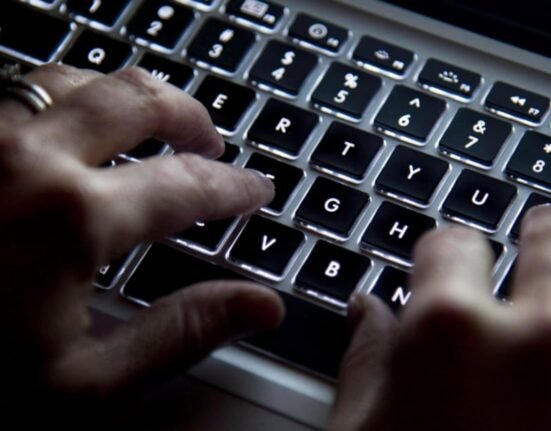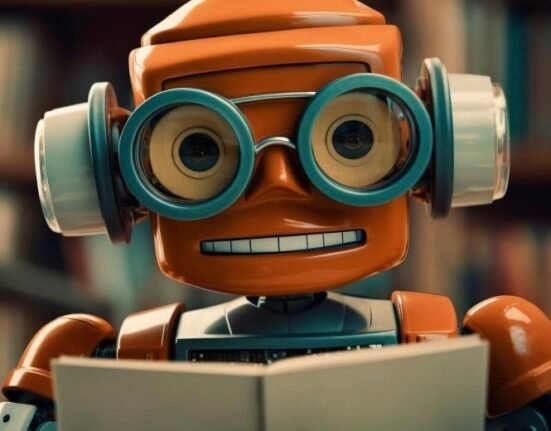Recently, the United States Patent and Trademark Office (USPTO) released proposed guidelines addressing the complex issue of AI inventorship. The PTO is not the only agency attempting to tackle this issue; jurisdictions across the globe have been grappling with whether AI-generated inventions are patentable without any human intervention.
Through a group called The Artificial Inventor Project, pro bono attorneys have been attempting to explore the various legal contours of AI inventorship by prosecuting patent applications of AI-generated inventions through various global patent offices and documenting the hurdles they go through to protect these inventions.[1] Each of the inventions were created solely by the AI-system (called “DABUS,” short for “Device for the Autonomous Bootstrapping of Unified Sentience”). DABUS is a patented system developed to simulate a neural network.[2] The Artificial Inventor Project seeks to obtain patents on the inventions by naming only DABUS as the inventor. The Project has applied for patents across the world, and the results seem to be generally consistent: jurisdictions are unwilling to grant patent rights to AI-generated inventions where the sole named inventor is the AI-tool itself.
Out of nineteen jurisdictions, South Africa is the only patent office that has granted a patent on an AI-generated invention where the sole named inventor was the AI-tool itself.[3] All other jurisdictions rejected the patent application based on one universal reason: an inventor must be a natural person. However, the justifications for this requirement varies among the jurisdictions:
- In Europe, the Board of Appeal of the European Patent Office noted that an inventor must be “a natural person with legal capacity.”[4] While this requirement is not found in the language of the EU Patent Act itself, the Board noted that this definition is the ordinary meaning of the term “inventor.”[5]
In the United States, the Federal Circuit noted that 35 U.S.C. § 100(f) defines the “inventor” as an “individual” or “individuals,” thus requiring the inventor be human.[6]
[1] Patent, artifcialinventor.com (2023), https://artificialinventor.com/patent/ (last visited July 25, 2024).
[2] See U.S. Patent No. 10,423,875.
[3] Patents, 56 Pat. J. 255, No. 7, July 26, 2023, https://iponline.cipc.co.za/Publications/PublishedJournals/E_Journal_July%202021%20Part%202.pdf.
[4] Boards of Appeal of the European Patent Office, Datasheet for the decision of 21 December 2021, § 4.3.1 (Dec. 21, 2021), https://www.epo.org/boards-of-appeal/decisions/pdf/j200008eu1.pdf.
[5] Id.
[6] Thaler v. Vidal, 43 F.4th 1207 (Fed. Cir. 2022).







